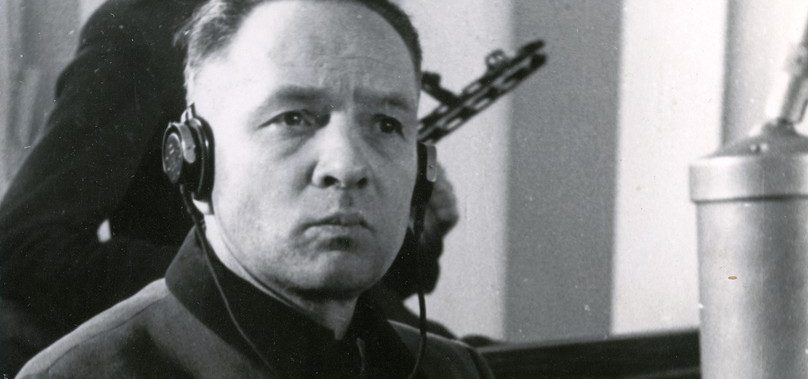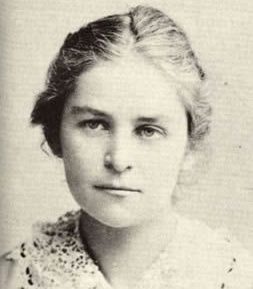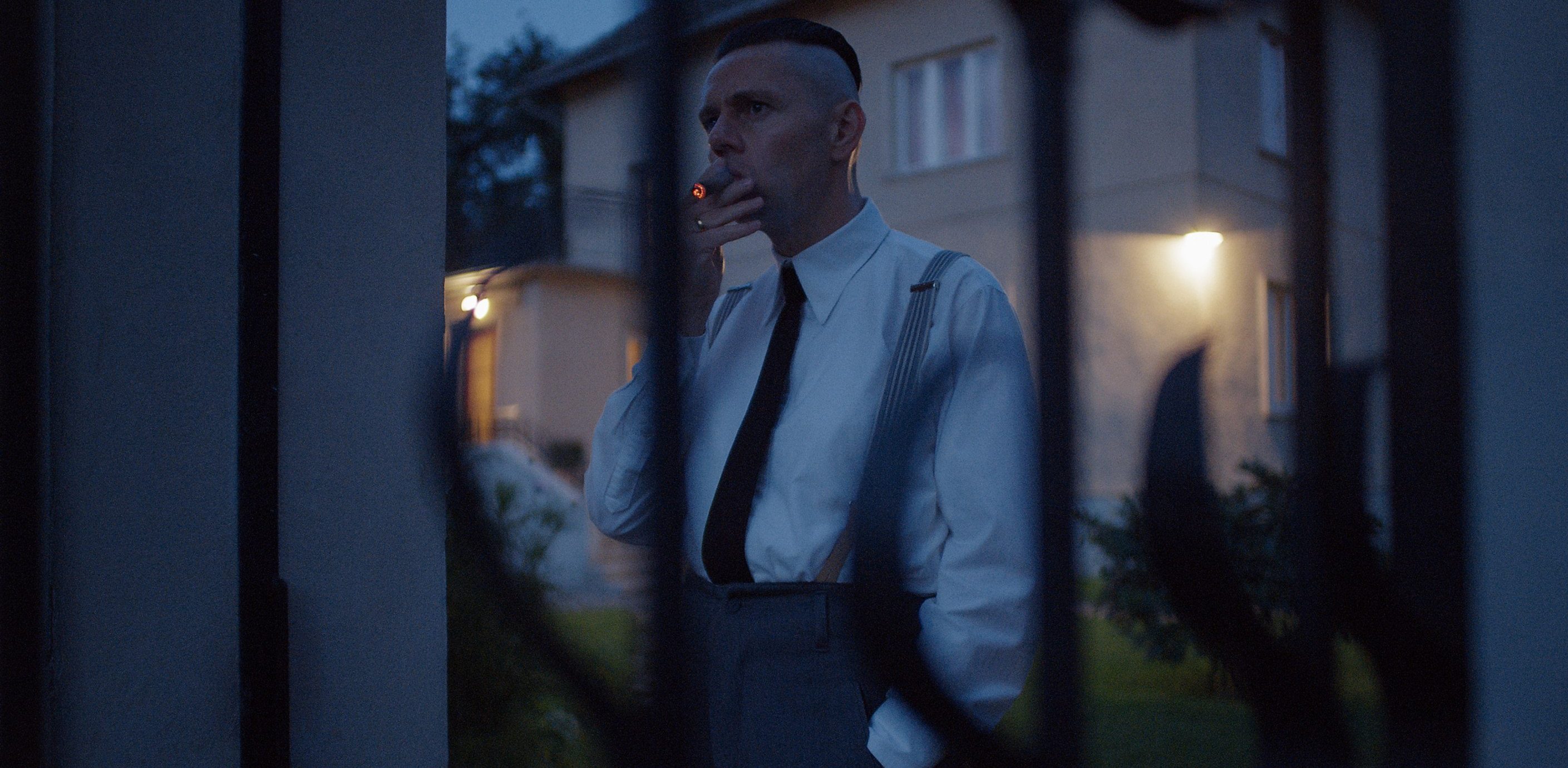Jonathan Glazer’s historical drama film ‘The Zone of Interest’ ends with Rudolf Höss securing a return to the Auschwitz concentration camp, where he oversaw the execution of millions. He sets out to go back to the place to make sure thousands of Hungarian Jews will meet the same end. The Nazi officer calls his wife Hedwig Höss to share the news concerning his return, only for her to await him with their children. After the events depicted in the movie, Rudolf continued to ruthlessly kill several more Jews but not for long. His life ended at the very place where he once murdered millions. Hedwig, on the other hand, continued to live for a few more decades, only to die in obscurity!
Rudolf Höss Was Hanged at Auschwitz
In 1944, Rudolf returned to the Auschwitz concentration camp to oversee the mass execution of around 434,000 Hungarian Jews, who were transported to the place in 56 days. At the time, the crematoriums at the camp were only able to dispose of around 132,000 bodies a month. The rest of the dead bodies were dumped in open pits and set on fire. In May and June of the year, reportedly 10,000 Jews were gassed in the camp and the execution was known as “Operation Höss.” According to the Holocaust scholar Michael Berenbaum, 1944 was the year “Auschwitz became Auschwitz.” In November 1944, Rudolf was transferred to the Ravensbrück concentration camp. He reportedly oversaw the execution of more than 2,000 female prisoners at the camp.

During the last days of World War II, Rudolf disguised as a gardener with the name “Franz Lang.” He was discovered and arrested by Hanns Alexander, a Nazi hunter, who found him with his wedding ring which had his name inscribed on it. “During the first interrogation, they beat me to obtain evidence. I do not know what was in the transcript, or what I said, even though I signed it, because they gave me liquor and beat me with a whip. It was too much even for me to bear,” Rudolf wrote in his memoir ‘Death Dealer: The Memoirs of the SS Kommandant at Auschwitz’ about his British captors.
Rudolf then testified before the International Military Tribunal at Nuremberg on April 15, 1946. “I commanded Auschwitz until 1 December 1943, and estimate that at least 2,500,000 victims were executed and exterminated there by gassing and burning, and at least another half million succumbed to starvation and disease, making a total of about 3,000,000 dead. This figure represents about 70% or 80% of all persons sent to Auschwitz as prisoners, the remainder having been selected and used for slave labor in the concentration camp industries. […] We executed about 400,000 Hungarian Jews alone at Auschwitz in the summer of 1944,” reads his affidavit that was made at Nuremberg.
In 1946, Rudolf was handed over to Poland, only for him to get tried by the Supreme National Tribunal. He was sentenced to death by hanging on April 2, 1947. The next day, several former Auschwitz prisoners petitioned the court for his execution to happen in the camp he commanded. On April 16, 1947, gallows were erected in Auschwitz with a trap door. He was led to a cell in the “bunker,” the camp jail in Block no. 11, which was also known as the “Death Block.” His execution was then carried out next to the crematorium of the former Auschwitz I concentration camp. Rudolf was hanged on a short-drop gallows at the age of 45.
Hedwig Höss Died in the United States
Before the arrest of Rudolf, British intelligence traced Hedwig Höss and their children to a village near Belsen, Germany. She was eventually captured and officers interrogated her to garner the location of her husband. Hedwig always responded that Rudolf was “dead” despite the number of days she was questioned. Ultimately, the officers succeeded in gaining the information they were seeking from her.

“We then informed Frau Höss that the train was there to take her three sons to Siberia unless she told us where her husband was and his aliases. If she did not do this, she would have two minutes to say goodbye to her sons… we left her for 10 minutes or so with paper and pencil to write down the information we required. Fortunately, our bluff worked; she wrote down the information and she and her sons were sent home,” the officer in charge of her interrogation said about Hedwig, as per Laurence Rees, the author of ‘Auschwitz: A New History.’
There are several reports that state Hedwig remarried and moved to the United States. However, it may not be true. According to Thomas Harding, who wrote ‘Hanns and Rudolf,’ she moved to a small house near Stuttgart, Germany, where she lived with one of her daughters. She wasn’t granted a state pension or any other income from the government. Since the 1960s, she regularly visited her daughter Brigitte in Washington. Hedwig’s last visit was in September 1989, at the age of 81. Although she planned to return to Germany, the frail Hedwig stayed with her daughter longer because it was “too cold.”
On September 15, Hedwig had dinner and went to bed tired. The next day, Brigitte found her mother dead, who passed away in her sleep. Hedwig was cremated in a local crematorium. Fearing that neo-Nazis might show up to pay homage to her mother, Brigitte gave a modified version of Hedwig’s name to the cemetery administrator. The funeral was delayed for the relatives to arrive from Germany. On March 3, 1990, a short service was held in an interdenominational cemetery, where Hedwig is buried also among Jews.
Read More: Where Was The Zone of Interest Filmed?


You must be logged in to post a comment.